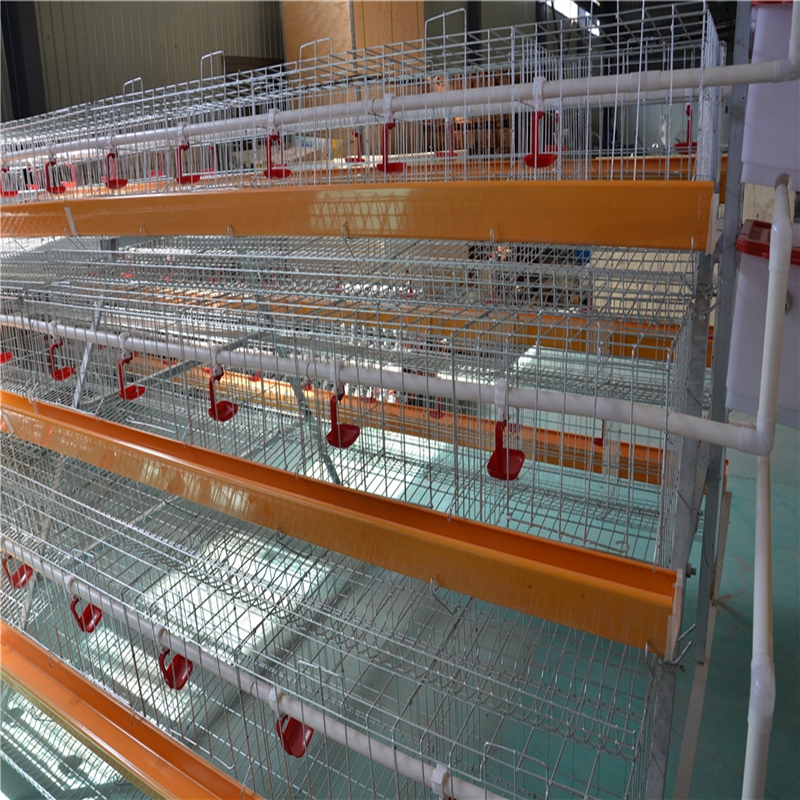Efficient Poultry Feed Mixer and Grinder for Optimal Livestock Nutrition and Growth Solutions
Jul . 27, 2024 16:42 Back to list
Efficient Poultry Feed Mixer and Grinder for Optimal Livestock Nutrition and Growth Solutions
The Importance of Poultry Feed Mixer Grinders in Animal Husbandry
In the world of animal husbandry, the efficiency and effectiveness of poultry feed production are critical to maximizing livestock output and ensuring animal health. One of the key pieces of equipment that streamline this process is the poultry feed mixer grinder. These machines play a vital role in creating balanced and nutritious feed for poultry, ultimately contributing to enhanced growth rates, improved egg production, and better overall health in birds.
Understanding Poultry Feed Mixer Grinders
Poultry feed mixer grinders are designed to mix and grind various types of feed ingredients, including grains, supplements, and additives. The primary function of these machines is to ensure that all components are evenly mixed to avoid nutritional imbalances that could negatively impact poultry health. By grinding the feed ingredients, these mixers increase the surface area, promoting better digestion and nutrient absorption in the birds.
Benefits of Using a Feed Mixer Grinder
1. Consistency in Feed Quality One of the major advantages of using a feed mixer grinder is the ability to produce a consistent feed quality. A uniform mix ensures that each bird receives the same nutritional value, which is crucial for their growth and performance. Inconsistent feed can lead to variation in weight gain and overall health issues.
2. Cost Efficiency Purchasing feed from commercial suppliers can be expensive, especially for large poultry operations. By using a mixer grinder, farmers can produce their own feed, thereby reducing costs significantly. They can buy ingredients in bulk, which is usually cheaper, and create custom mixes tailored to the specific nutritional needs of their flock.
3. Customization of Feed Formulations Different poultry species and their life stages require different nutritional profiles. A feed mixer grinder allows farmers to easily adjust their feed formulations based on the specific requirements of their birds. This flexibility is particularly important for mixed operations that may raise different types of poultry.
4. Reduced Wastage Commercial feeds often come with a certain degree of waste due to mishandling or improper storage. By producing their own feed, farmers can manage the amount they create and reduce wastage significantly. This not only saves money but also enhances the overall sustainability of poultry operations.
poultry feed mixer grinder

5. Improved Health and Growth Rates Properly mixed and ground feed leads to better digestibility, which, in turn, promotes healthier poultry. Higher nutrient absorption translates to improved growth rates, better egg production, and decreased mortality rates among chicks.
Factors to Consider When Choosing a Mixer Grinder
When selecting a poultry feed mixer grinder, there are several important factors to take into account
- Capacity The size and capacity of the machine should align with the scale of the poultry operation. Larger farms will require machines with higher throughput to meet their feed production needs.
- Durability and Maintenance Since these machines operate continuously, durability is essential. It is important to choose a model from a reputable manufacturer that offers reliable performance and easy maintenance.
- Versatility A good feed mixer grinder should be able to handle a variety of feed ingredients, including grains, pellets, and supplements. Some advanced models even offer the capability to mix liquids.
- Ease of Use Technology has made significant advancements in feed mixer grinders, with user-friendly interfaces making operation easier and more efficient. Automatic controls and monitoring systems can help increase productivity.
Conclusion
Poultry feed mixer grinders are indispensable tools for modern poultry farming. They facilitate the production of high-quality, customized feed that promotes the health and productivity of poultry. By investing in a good mixer grinder, farmers can lower costs, enhance feed efficiency, and ultimately contribute to more sustainable and profitable poultry operations. The role of these machines in animal husbandry underscores the intersection of technology and agriculture, paving the way for a more efficient future in poultry production.
-
Hot Sale 24 & 18 Door Rabbit Cages - Premium Breeding Solutions
NewsJul.25,2025
-
Automatic Feeding Line System Pan Feeder Nipple Drinker - Anping County Yize Metal Products Co., Ltd.
NewsJul.21,2025
-
Automatic Feeding Line System Pan Feeder Nipple Drinker - Anping County Yize Metal Products Co., Ltd.
NewsJul.21,2025
-
Automatic Feeding Line System - Anping Yize | Precision & Nipple
NewsJul.21,2025
-
Automatic Feeding Line System - Anping Yize | Precision & Nipple
NewsJul.21,2025
-
Automatic Feeding Line System-Anping County Yize Metal Products Co., Ltd.|Efficient Feed Distribution&Customized Animal Farming Solutions
NewsJul.21,2025






